A story of survival is unfolding at the outer reaches of our galaxy, and NASA’s Hubble Space Telescope is witnessing the saga.


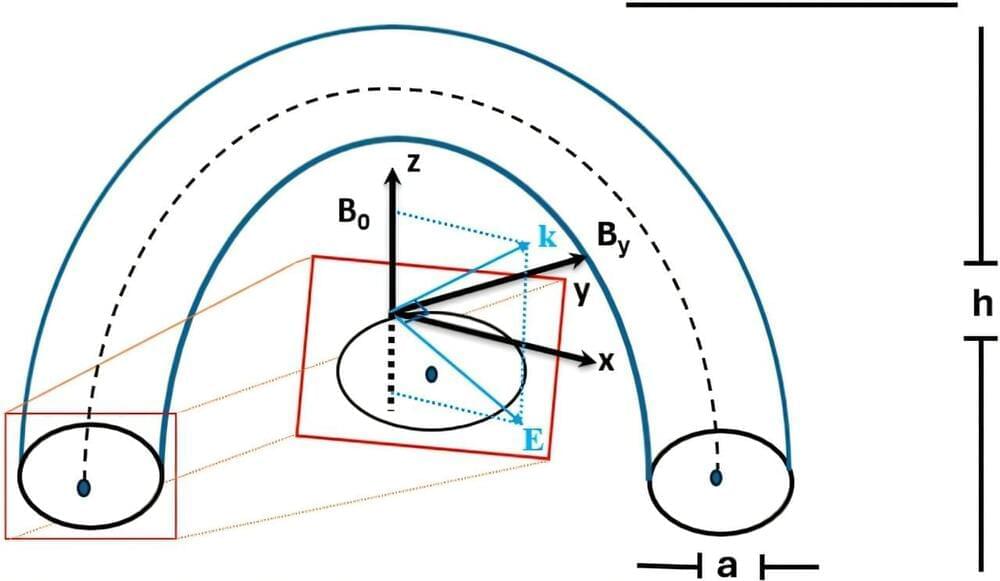
Syed Ayaz, a researcher at The University of Alabama in Huntsville (UAH), has published a paper in Scientific Reports that builds on an earlier first-of-its-kind study that examined kinetic Alfvén waves (KAW) as a possible explanation for why the solar corona, the outermost layer of the sun’s atmosphere, is approximately 200 times hotter than the surface of the sun itself.
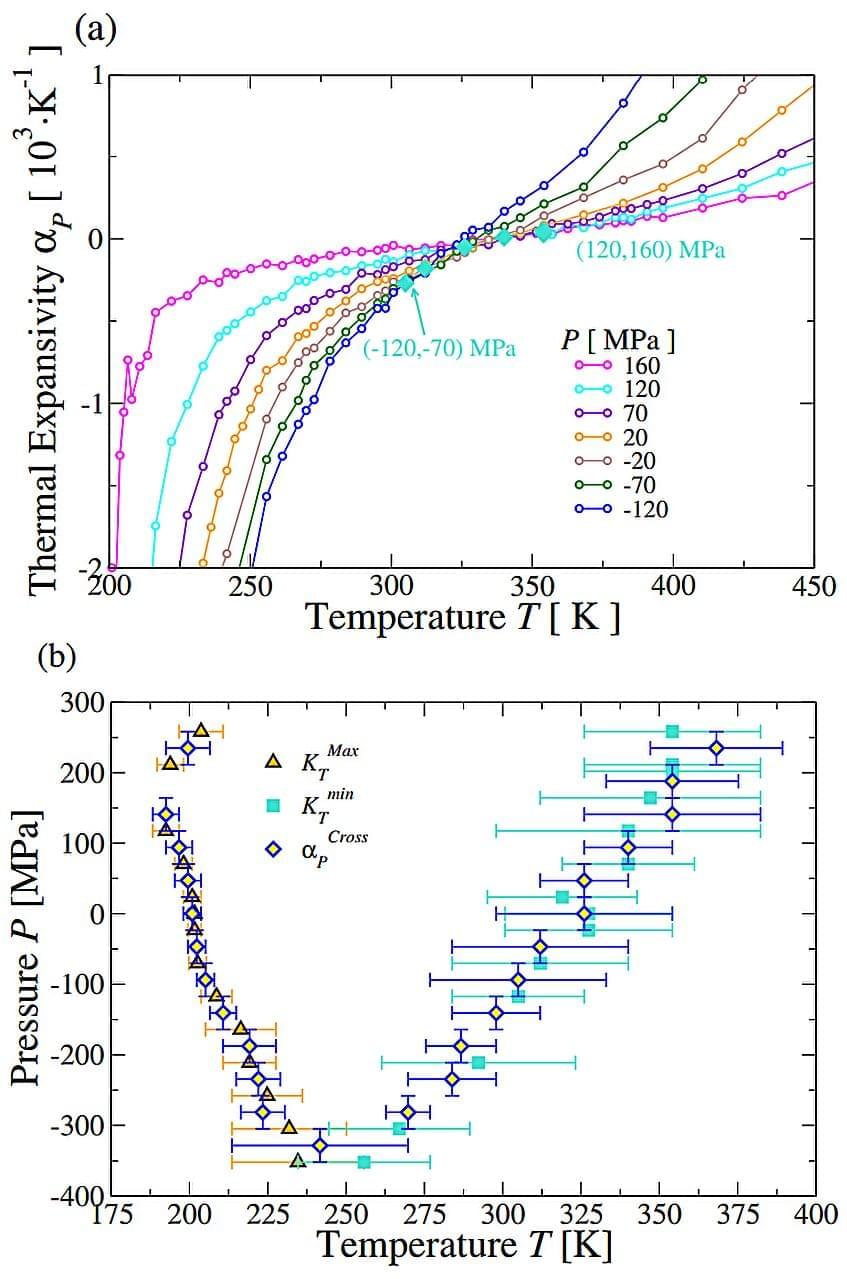
Water, a molecule essential for life, has unusual properties—known as anomalies—that define its behavior. However, there are still many enigmas about the molecular mechanisms that would explain the anomalies that make the water molecule unique. Deciphering and reproducing this particular behavior of water in different temperature ranges is still a major challenge for the scientific community.
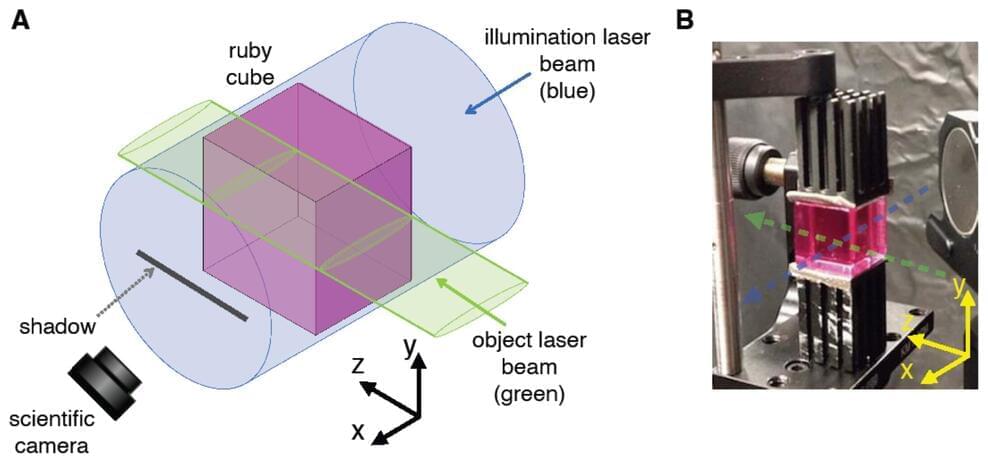
Can light itself cast a shadow? It may sound like a philosophical riddle, but researchers have found that under certain conditions, a laser beam can act like an opaque object and cast a shadow. The discovery challenges the traditional understanding of shadows and opens new possibilities for technologies that could use a laser beam to control another laser beam.
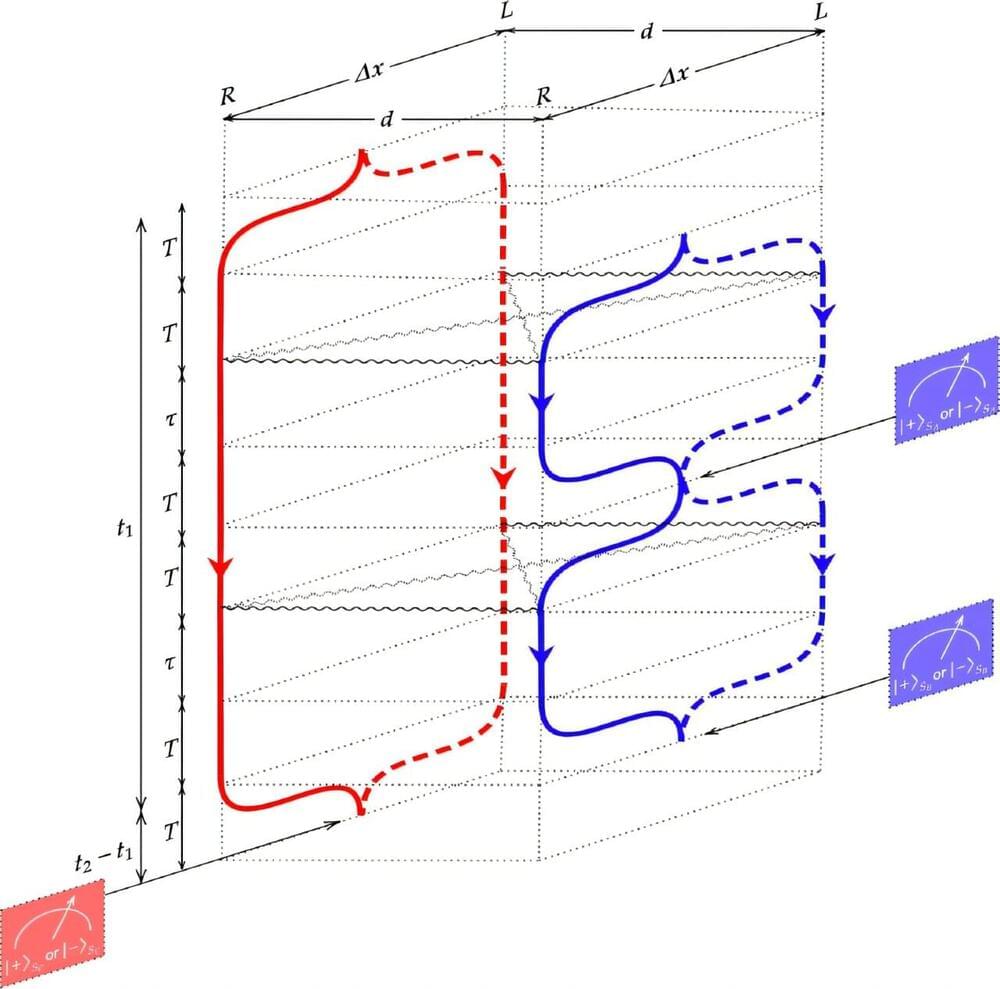
Physicists have learned a lot about the makeup of the universe over the past century and have developed many theories to explain how everything works. Two of the biggest are Einstein’s theory of general relativity, which describes the visible or classical world, and quantum theory, which describes the quantum world.
But one thing physicists do not understand completely is gravity. They also do not know if it fits into general relativity or quantum physics. Figuring out what gravity is would go a long way toward the development of a grand unified theory of physics, which would tie the two fields together—one of the biggest goals in the physics world.
In this new research, the team has developed an idea for a so-called table-top experiment that could be used to show whether gravity is changed when measured—if so, that would give strong evidence that it is a quantum property.
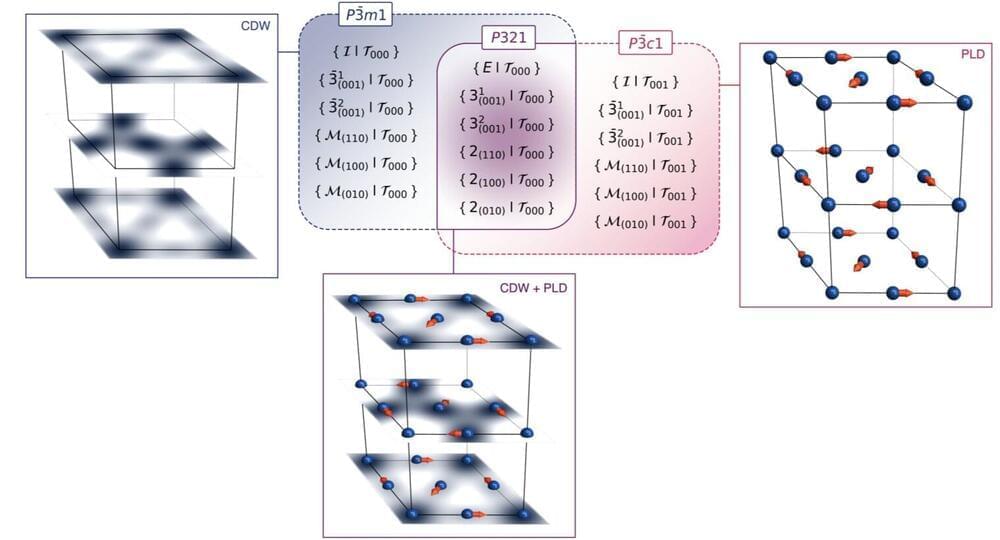

A group of South Korean researchers has successfully developed an integrated quantum circuit chip using photons (light particles). It is a system capable of controlling eight photons using a photonic integrated-circuit chip. With this system, they can explore various quantum phenomena, such as multipartite entanglement resulting from the interaction of the photons.
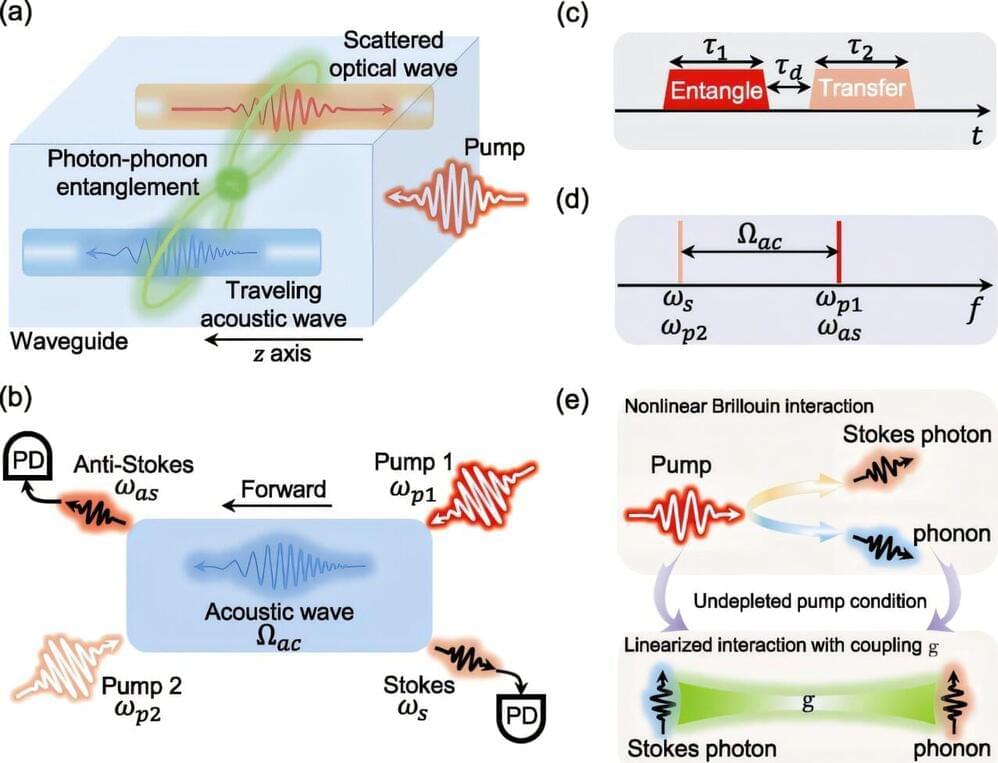
Photons, however, are volatile. Therefore, feasible alternatives are being sought for certain applications, such as quantum memory or quantum repeater schemes. One such alternative is the acoustic domain, where quanta are stored in acoustic or sound waves.
Scientists at the MPL have now indicated a particularly efficient way in which photons can be entangled with acoustic phonons: While the two quanta travel along the same photonic structures, the phonons move at a much slower speed. The underlying effect is the optical nonlinear effect known as Brillouin-Mandelstam scattering. It is responsible for coupling quanta at fundamentally different energy scales.
In their study, the scientists showed that the proposed entangling scheme can operate at temperatures in the tens of Kelvin. This is much higher than those required by standard approaches, which often employ expensive equipment such as dilution fridges. The possibility of implementing this concept in optical fibers or photonic integrated chips makes this mechanism of particular interest for use in modern quantum technologies.

A new variant of human mpox has claimed the lives of approximately 5% of people with reported infections in the Democratic Republic of the Congo since 2023, many of them children. Since then, it has spread to several other countries. The World Health Organization declared the outbreak a Public Health Emergency of International Concern on August 14. In addition, a different but rarely fatal mpox variant was responsible for an outbreak that has spread to more than 100 countries since 2022.
There is an urgent need for faster and more cost-effective diagnostic tools to curb the spread of mpox and to prepare for the possibility of a future global pandemic. Researchers from University of California School of Medicine, Boston University, and their colleagues have now developed an optical biosensor that can rapidly detect monkeypox, the virus that causes mpox. The technology could allow clinicians to diagnose the disease at the point of care rather than wait for lab results.
The team’s study is published in Biosensors and Bioelectronics.

Researchers at New York University have devised a mathematical approach to predict the structures of crystals—a critical step in developing many medicines and electronic devices—in a matter of hours using only a laptop, a process that previously took a supercomputer weeks or months. Their novel framework is published in the journal Nature Communications.